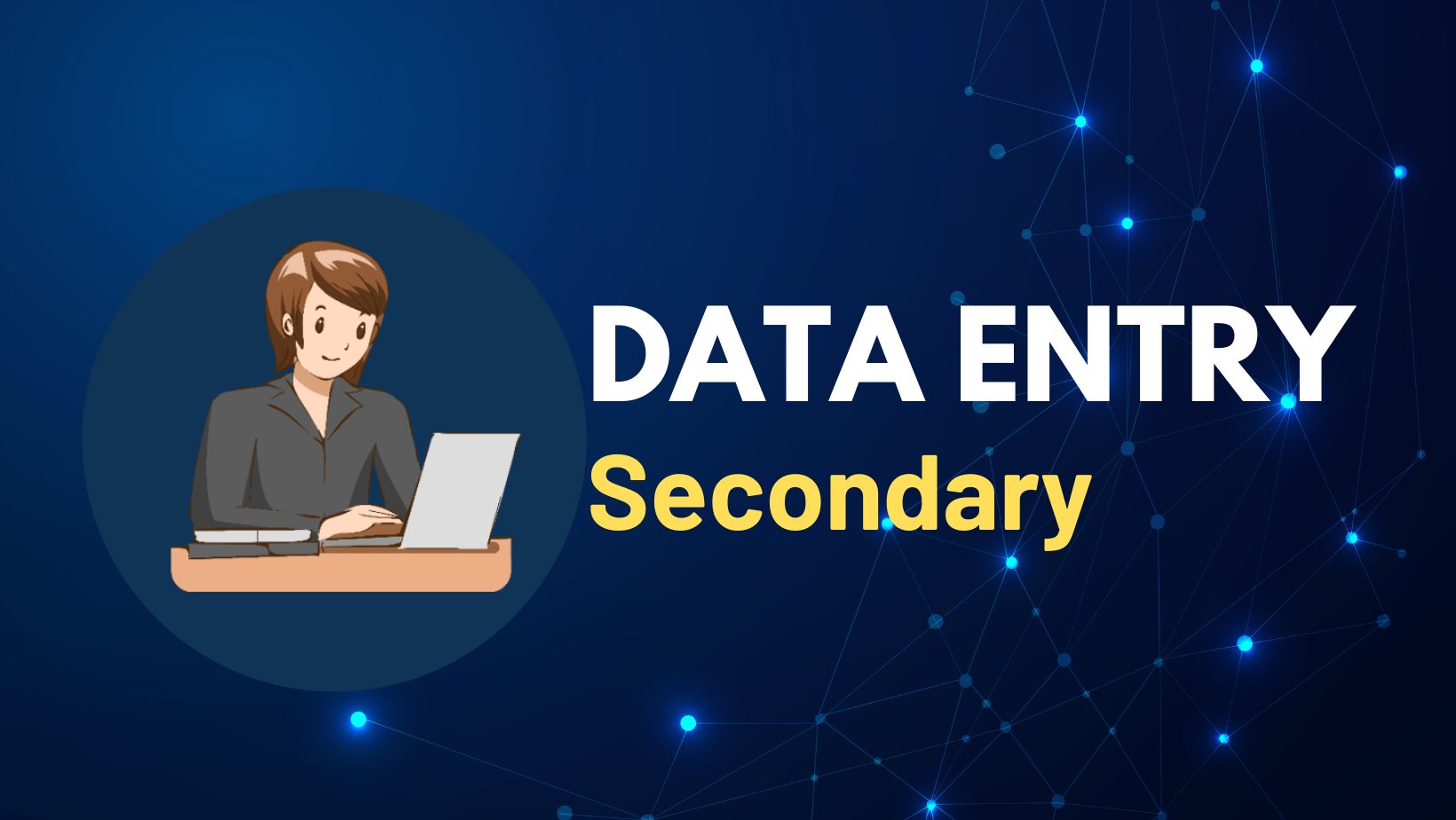Data Entry Secondary

About Course
WE WILL COVER FOLLOWING CHAPTERS IN OUR COURSE
Chapter Summaries:
- Basics of Computer
- Computer Components
- Input/Output Devices
- Software Types
- Computer Languages
- Compilers and Assemblers
- Operating System
- Windows XP Basics
- Desktop Elements
- File/Folder Management
- System Settings
- Software/Hardware Installation
- Word Processing Basics
- Starting Word Program
- Screen Layout
- Typing and Editing
- Document Management
- Document Protection
- Printing Documents
- Formatting Documents
- Text Formatting
- Paragraph Formatting
- Lists (Bulleted/Numbered)
- Copying/Moving Text
- Spelling/Grammar Check
- Page Formatting
- Creating Tables
- Mail Merge
- Document Types
- Data Source Creation
- Mailing Labels
- Data Merging
- Spreadsheet Basics
- Worksheet Handling
- Modifications
- Resizing Rows/Columns
- Workbook Protection
- Formatting Worksheets
- Cell/Row/Column Formatting
- Styles for Worksheets
- Worksheet Protection
- Formulas, Functions, Charts
- Formulas/Functions
- Copying Formulas
- Types of Functions
- Chart Types
- Auto Shapes/Smart Art
- Creating Presentations
- Slide Creation
- Slide Sorter View
- Slide Layouts
- Navigating Slide
Course Content
CHAPTER 1 BASICS OF COMPUTER
-
BASICS OF COMPUTER
-
LESSON 1 SHORT QUESTION ANSWERS
00:00 -
LESSON 3 FILL IN THE BLANKS
00:00 -
MULTIPLE CHOICE QUESTION ANSWERS (QUESTION BANK1)
00:00 -
MULTIPLE CHOICE QUESTION ANSWERS (QUESTION BANK2)
00:00 -
QUIZ 1
CHAPTER 2 OPERATING SYSTEM
CHAPTER 3 BASICS OF WORD PROCESSING
CHAPTER 4 FORMATTING DOCUMENTS
CHAPTER 5 MAIL MERGE
CHAPTER 6 BASICS OF SPREAD SHEETS
CHAPTER 7 FORMATTING WORKSHEETS
CHAPTER 8 FORMULA AND FUNCTIONS
CHAPTER NO 9 POWER POINT
SAMPLE QUESTION PAPERS
Student Ratings & Reviews

No Review Yet